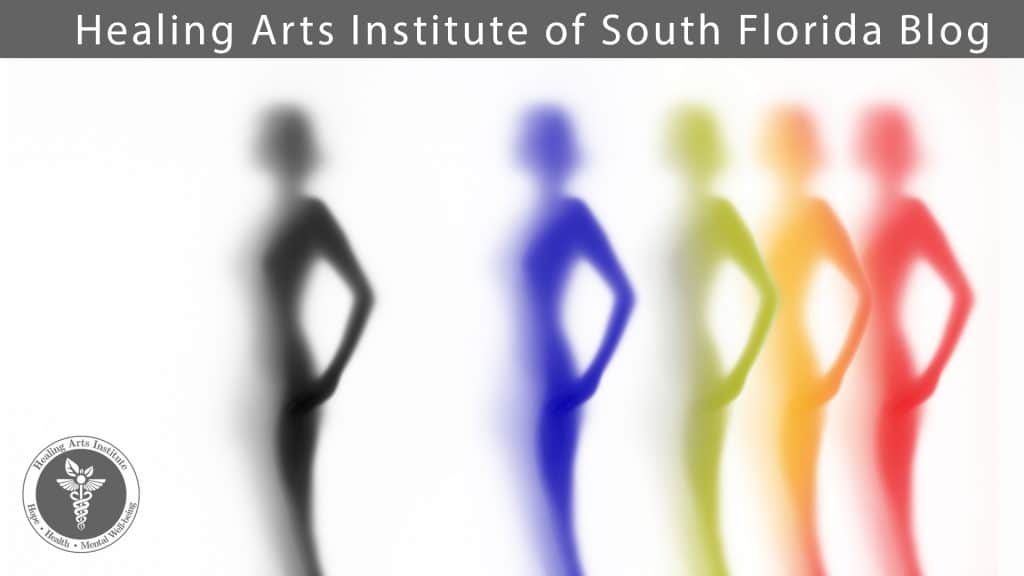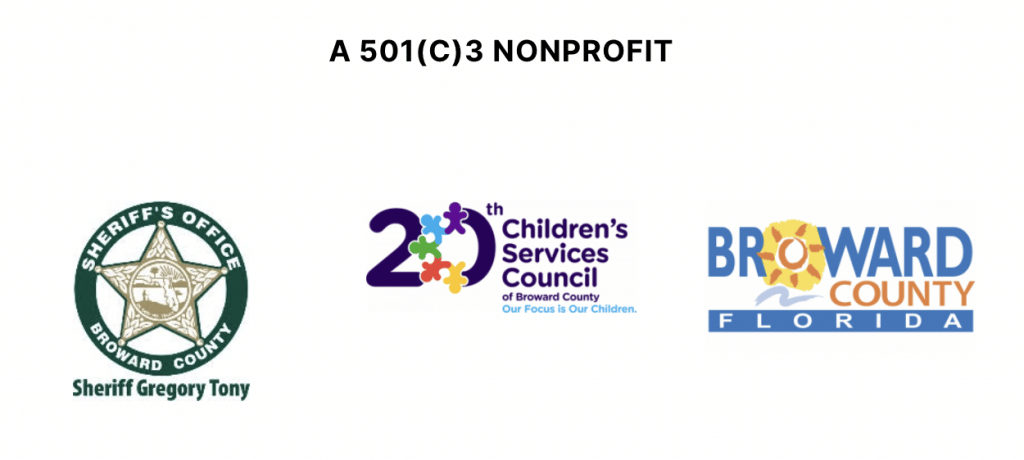
Believe it or not, just about every relationship you have ever formed in your life is based on some level of fantasy. These fantasies that you have created to frame these relationships may not be even remotely accurate!
How does this happen?
Our brains are constantly bombarded with new information. Our minds take every opportunity they can to cut down on having to process all of it directly (i.e. consciously). In terms of people and relationships, our brains create a quick snapshot of the people we meet. This saves time and mental energy from having to do a ‘deep dive’ into everyone’s personality to form trust and emotional bonds.
These snapshots, or stereotypes, are based on our past experiences with other people. It is influenced by how we have been raised and the kinds of relationships we have had throughout our lives.
The advantage is that we can use these stereotypes to evaluate new people to begin building new bonds quickly. The downside is that sometimes these stereotypes are distorted and produce an inaccurate picture.
These snapshot fantasies you create will have a strong influence over how you treat and interact with the person you attribute them to. It can either help you maintain a healthy relationship or keep you trapped in an abusive one.
Why do people form attachments?
Before we try to figure out why we attribute these personas to others, let’s first understand why we develop attachments to people in the first place.
Humans have a deeply rooted desire for acceptance and belonging within a group. On the surface, this could be explained by the evolutionary advantage derived from protection from danger as part of a larger ‘pack’. After all, if you are just one of many the chances of danger befalling you from an outside source decrease as the group size increases.
The thing is, humans are far more intelligent than other animals. As a result we have developed complex social interactions with each other. So, if we want the protection of the group, we have the added requirement of maintaining social acceptance within that group.
There is debate as to whether this need for acceptance is influenced by the environment (upbringing) or genetics. It would stand to reason that both are highly influential. There are exceptions though. Some people are completely comfortable spending large amounts of time with little to no social interaction. Alternatively other people have difficulty spending mere minutes in isolation.
Balancing an opposing duality – your needs vs. the needs of others
Now that we know how important group acceptance is to our psyche, we come across an interesting problem. You have your own sense of identity, personal needs, and way that you interact with the world. Balancing your needs with the needs of your social group can be challenging. Family, work, and friend groups all require different approaches, and each has a different expectation.
Let’s take this a step further.
An individual’s self-esteem and sense of self have been shown to be closely linked to acceptance within the groups to which they belong, even if those needs are different from the group. However, it is this manifestation of your sense of self that begins to distort your perception of others.
In other words, you project your own needs, ideas, wants and experiences onto other people within your group that you interact with. You assume that what is important to you is important to them. You project your values and expectations onto them as if you shared equal perspectives.
Just as you have your own unique identity, so does every other member of that group.
Okay, now this is getting complicated…
Parataxic distortion – the fantasy of interpersonal relationships
Studies with adolescents have shown that self-esteem and the need to please others within your social circle are inextricably linked. While we want to please others, we also have our own sense of self and very little time to investigate the nuances of everyone’s perspective, value systems, and upbringing.
So, how do our brains deal with this challenge? Well, we gather as much immediate information as we can and make up the rest.
We fill in the gaps with our own experiences and values and project that fabricated image onto whoever we are forming our connection with. Remember, we are hardwired to connect with others. Our self-esteem is dependent on it. We just take a lot of liberties in how we form those connections.
For example, someone who is self-critical and overly harsh may be quick to see others in possession of those same attributes. They may even find “evidence” of this by cherry-picking nuanced examples of what that other person has said or done to confirm their suspicions. This is called confirmation bias.
On the other end of the spectrum, a spouse may excuse their partner’s abusive and demeaning behavior because they choose to filter only the positive qualities of their personality.
In either case, one person is choosing to view the other based on their projected fantasy of who they think that person is (or who they want them to be) rather than who they really are.
Final Thoughts
Parataxic distortion is common. Nobody is perfect, nor should anyone strive to be. What is important is to see and accept the people in our lives for who they are rather than who we want them to be.
It is not fair to project our mistreatment onto others, nor is it safe to assume that everyone has our best interest at heart.
One of the greatest challenges of our lifetime is to strip away the facades and fantasies that we assign to people and to find acceptance with the right kinds of people. Healthy relationships. Authentic interactions.
When you are true and authentic to yourself, you will attract the right people into your life. You will find that you will accept them, and they will accept you – not because of an attributed fantasy, but because of who you really are.
Read these interesting articles from the Healing Arts Blog!
Citations:
Lester, Paul Martin. “PICTORIAL STEREOTYPES IN THE MEDIA.” Http://Paulmartinlester.Info, 1996, paulmartinlester.info/writings/stereotype.html.
Levine, Amir, and Rachel Heller. “What Attachment Theory Can Teach about Love and Relationships.” Scientific American, Scientific American, Jan. 2011, www.scientificamerican.com/article/get-attached/?error=cookies_not_supported&code=11b2c281-a0ff-41e7-97c7-dd0f0b98da9f.
“Parataxic Distortion.” Academic Dictionaries and Encyclopedias, 2021, medicine.en-academic.com/118877/parataxic_distortion.
Yalom, Irvin. The Theory and Practice of Group Psychotherapy by Irvin D. Yalom (1986–01-01). Basic Books; 3rd edition (1986–01-01), 2021.


No responses yet